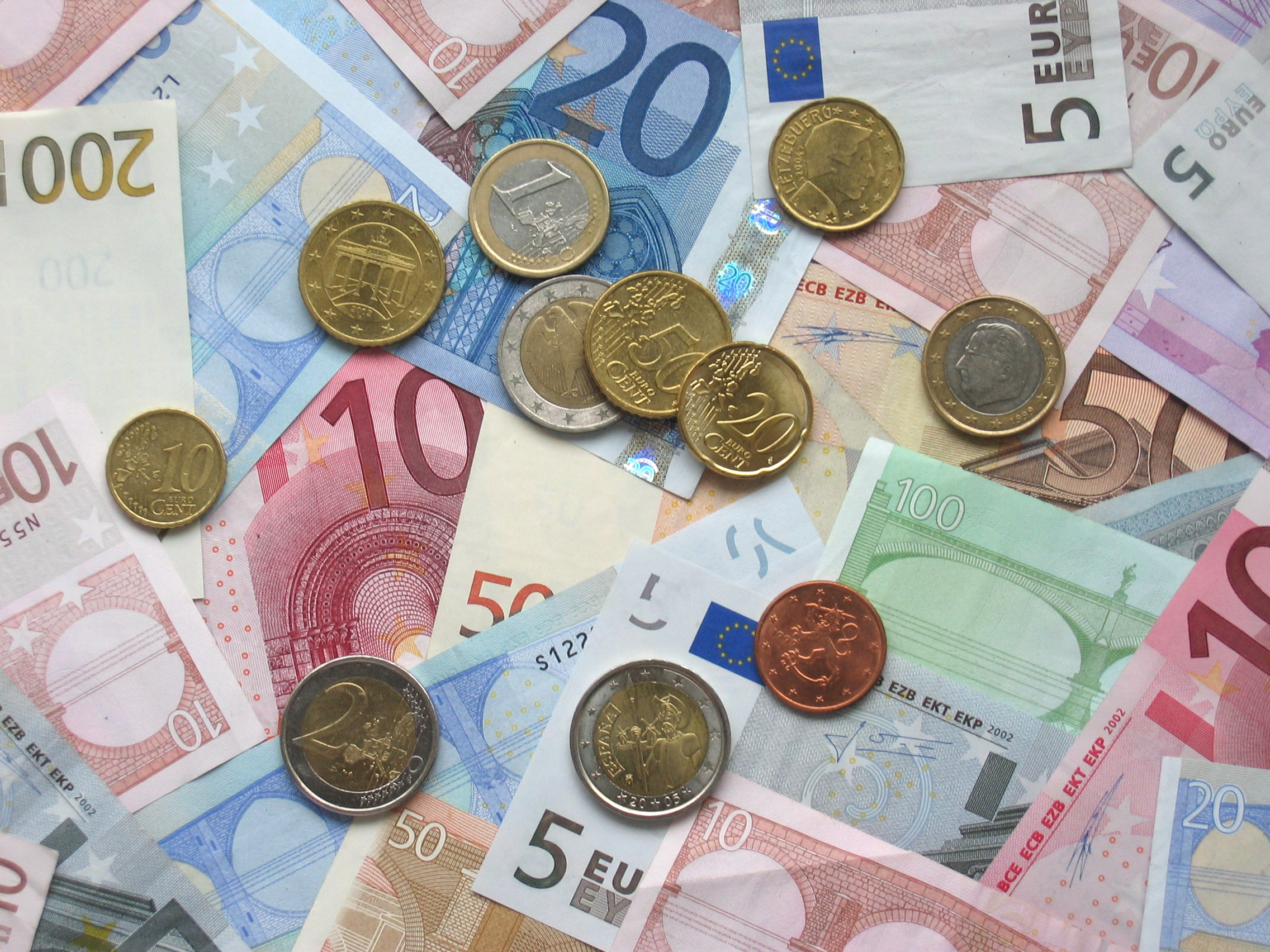The euro came off yearly highs on Friday, June 30, but was still set for its strongest quarter in six years as investors piled into the currency on a brightening euro zone economy and its implications for monetary policy in the bloc.
The single currency dropped 0.35 percent to trade at $1.1402, but in the April-June quarter the euro has climbed over 7 percent, putting it on track for its biggest quarterly gain since January-March 2011. EUR=EBS
The euro shot to one-year highs after Tuesday’s speech by European Central Bank President Mario Draghi bolstered expectations that a reduction in stimulus measures would be signaled as soon as September.
Though policymakers sought to play this down in the days that followed, investors appear convinced that economic strength will push them to end stimulus sooner rather than later.
“This is partly a response to Draghi’s comments and also on the back of a euro zone economy that is firing on all cylinders and outperforming the rest of the developed economies,” said Investec economist Victoria Clarke.
Growth in the bloc outstripped that of the United States in the first quarter and set the stage for a strong 2017.
“It’s at a different stage in the cycle to the U.S. so I do expect some of that to cool in the second half of the year, but the growth momentum doesn’t seem to be going anywhere,” said Clarke.
Money markets are pricing in around an 80 percent chance that the ECB will hike rates over the next year. That’s up from just 20 percent earlier this month ECBWATCH.
Underlying inflation in the euro zone ticked up this month, official data showed on Friday, welcome relief for the ECB as it braces for weak oil prices to drag consumer prices down in the coming months.
Conversely, the dollar was on course for its worst quarter in seven years on Friday, recovering only marginally against major peers.
“Obviously there’s a shift afoot. It really seems that there’s some coordinated effort going on out here among the G10 central banks,” said Stephen Innes, head of trading in Asia-Pacific for OANDA in Singapore, referring to the series of hawkish-sounding comments on monetary policy.
Bank of England Governor Mark Carney surprised many on Wednesday by conceding a rate hike was likely to be needed as the British economy came closer to running at full capacity.
Sterling GBP=D3 edged lower 0.3 percent on Friday to $1.2967, halving Thursday’s 0.6 percent gain.
Two top policymakers at the Bank of Canada also suggested they might tighten monetary policy there as early as July.
The euro zone inflation data pushed European shares up 0.55 percent on Friday .STOXXE, but they were still set to end June with their biggest monthly loss in a year as worries over tightening monetary conditions soured the mood. U.S. stock futures also pointed toward a higher open in Wall Street. ESc1














